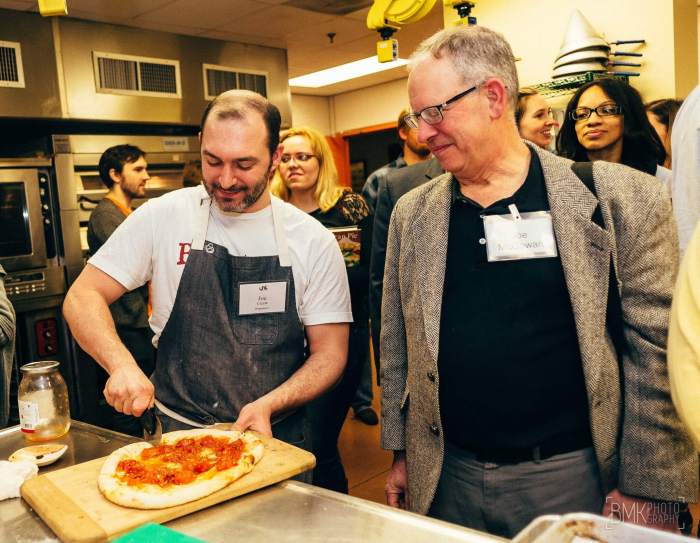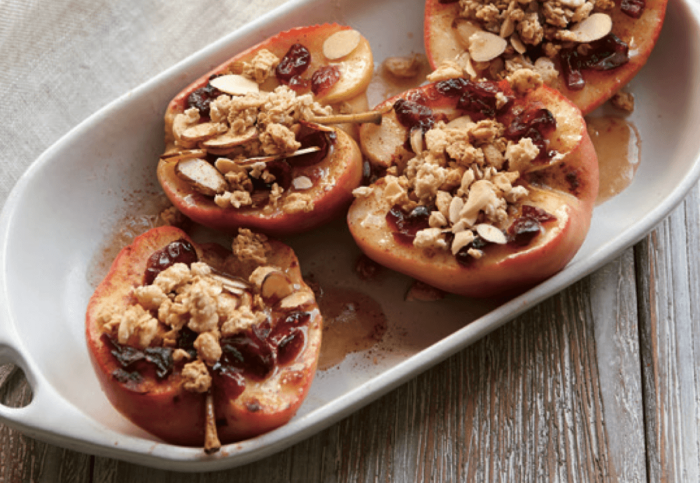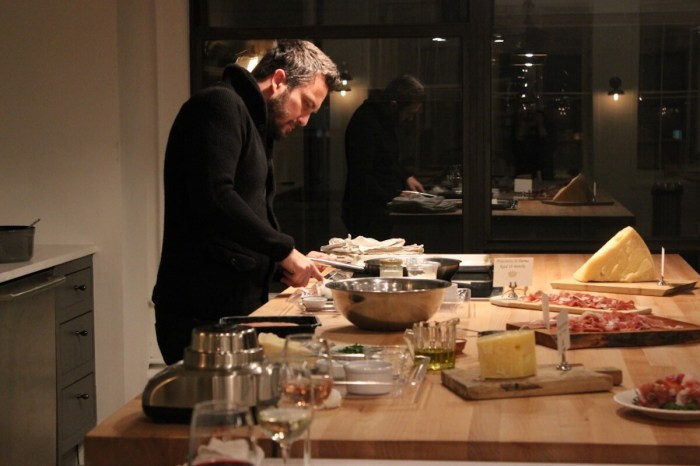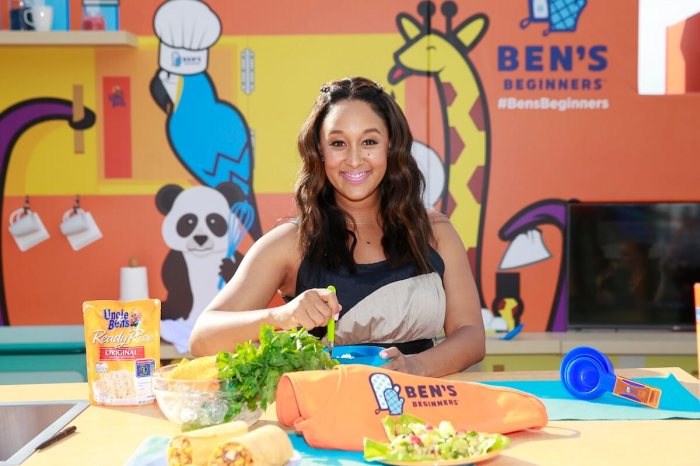Summer is burger season, and not having a grill is no reason to keep letting Shake Shack do all the work.
To get you ready for Labor Day, we talked to Jamie Schweid, executive vice president at Schweid & Sons, a fourth-generation New York City ground beef empire that claims to sell nothing less than “the very best burger.” RELATED: Hot Sauce 101 with Heatonist’s sommelier Like any good businessman, he makes sure his product lives up to its reputation. That means Schweid, 36, still spends plenty of time standing over a fire, and he gave us some tips on how to make the most of your meat, wherever you’re cooking it. The right beef
Opinions on the right cut of beef for a burger vary, which is why Schweid & Sons produces three different kinds: chuck brisket, USDA prime chuck and a butcher’s blend of chuck round and sirloin. Finding what works for you is the kind of science experiment you’ll be happy to repeat. • DON’T skimp on fat. The minimum proportion you want is 20 percent, but 25 percent is even better. Remember, that’s where the flavor (and moisture) are.
• DO go for grass-fed beef if you’re looking for something a little different. Schweid says the meat is gamier: “If you took both burgers, side-by-side with nothing on them, you’d definitely be able to taste the difference.” Burgers vs. meatloaf
As far as seasoning, Schweid calls himself a purist and doesn’t hold with mixing pork or breadcrumbs into the patties. “It has to do also with the meat that’s used; if you’re using great quality ground beef, you really want to let the meat do all the talking,” he says. “You don’t want to add too much to that ground beef because then you’re no longer in the realm of burgers — you’re making meatloaf.” • DON’T overwork the meat, which is the other downside of mixing a lot of things into the burger; it’ll lose juice and change texture (this goes for when it’s on the heat, too — never flatten it with the spatula!) • DO get some kosher salt on both sides of the burger before throwing it onto the skillet or grill. This will help get that nice, crispy crust you’re looking for.
The crucial part
Yes, everything else we’ve mentioned is important, but the make-or-break part of a good burger is the cooking temperature. “You can have a great bun, perfectly melted cheese, delicious barbecue sauce, avocado, etc., but if the burger is not cooked properly, it presents a bit of a nightmare,” says Schweid. Too hot, and the burger will be dry; not hot enough, and it’ll stick and not cook properly. For a grill, set it to 350-375 degrees. On a stovetop, use a cast-iron skillet — it holds heat better for a more even sear. Set it over a medium-high flame and let it warm through before getting to work. • DON’Ttry to save time by cooking steaks with burgers. Steaks are thicker and need a higher heat, especially if you want a nice sear.
• DOtry your hand at wood if you’re a professional, “because what happens with wood is, you get inconsistent cooking throughout the grill if you don’t properly lay the wood out.” Schweid prefers charcoal for its consistency when the coals are laid out properly. • DON’Tbe a savage and waste good burgers by cutting them open. Schweid uses what he calls the Face Method to test how done his burgers are based on texture. If the patty is soft like your cheeks, that’s medium rare; your chin is about medium; and if it has no give like your forehead, it’s well done. Don’t be that guy though — burgers want to be medium-rare for the most flavor. • DOstop cooking the burger before it’s done. “When you’re taking the burger off the grill, it shouldn’t be the perfect temperature internally, because after you take beef off the grill, whether it’s steak or hamburger, it cooks internally for about two minutes. The process should be:“Throw burger on the grill, flip it once, and then, when it’s done, put it on a bun.”
RELATED:Delicious ways to add more veggies to your cookout
How to know when it’s done


















